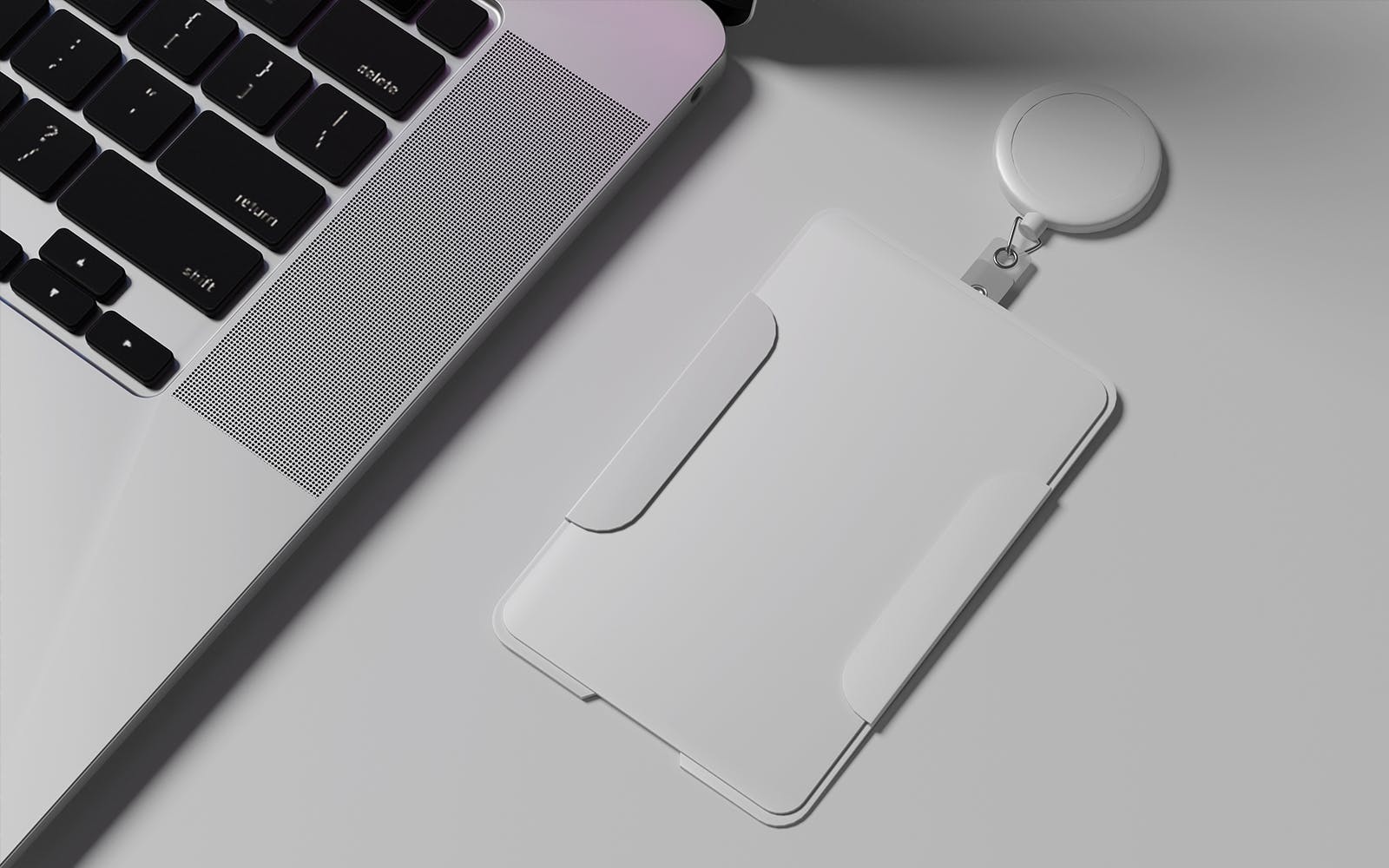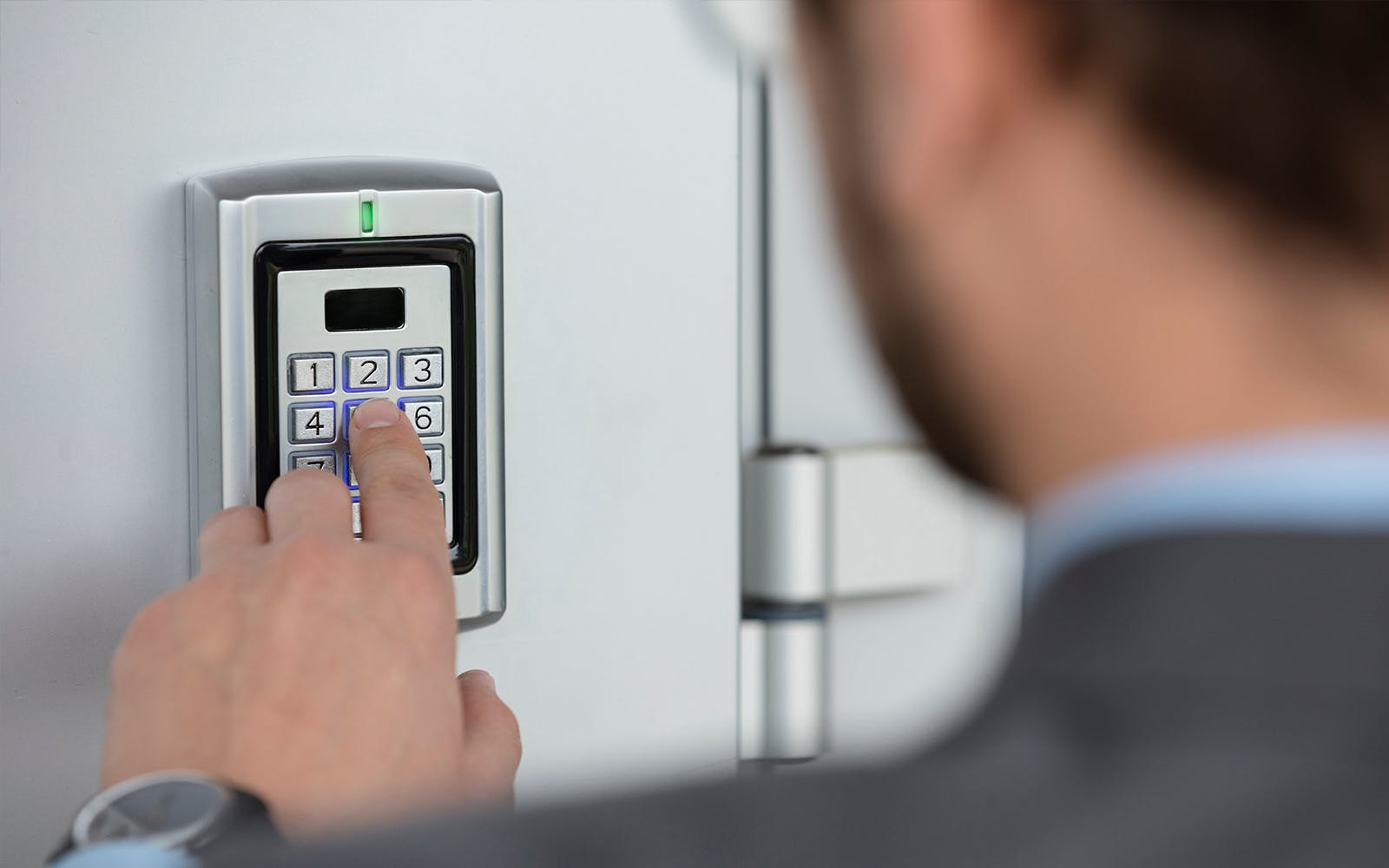There are many options for identity verification solutions available on the market. The true question is, what solution is best for your business and employees? To best determine this, you will need to know what security controls are currently in place, what will be replaced or added to the security stack, and how that migration or integration will occur.
The Planning
As with changing or adding any new technology, implementing a new user identity verification tool will be no different. Planning will be vital. From researching, budgeting, and testing, to the actual deployment, there are several moving pieces.
You need to secure your physical infrastructure, but how can you do so without potential compromises. Below we break down some of the top choices, to help you discover the pros and cons of each, to assist in taking some of the guesswork out of your research.
Identity Verification Solutions
Proximity Cards
Proximity cards, fobs, or ID badges all use a radio frequency to transmit the employee's credential badge ID to the reader and ultimately to the Access Control panel which permits or denies access, based on the user’s authorization. These are commonly used for general access into a locked building or may be used for higher privileges in areas that are not open to all employees.

The downfalls to proximity cards, fobs, or ID badges are the risks of being lost, stolen, shared or copied. Additionally, many require RFID chips, which currently are less available due to supply chain issues. In addition, they do not provide the ability to detect or prevent tailgating which is one of the leading causes of security breaches.
Personal Identification Number (PIN) Codes
PIN codes are often used at doors for entry. There is no user identity verification of the person inputting those access codes into the system, just whether or not the codes are correct.

This is likely one of the least secure, and non-employee-friendly methods of security for a number of reasons. First, if employees can choose their own passwords, they are likely to use one they use elsewhere, decreasing its integrity. Second, if the PIN code reader has a fixed keypad, as many do, there is the possibility of bad actors reading the code remotely as it is input by the User. Third, inputting PIN codes each time access is needed, does not promote frictionless security. Finally, employees can share their code with others. And, like proximity cards, tailgate detection is not possible without investment in a video surveillance system and advanced analytics which is most often a forensic system versus proactive tailgate detection solution.
Facial Authentication
Facial authentication, not to be confused with facial recognition, is one of the cutting-edge identity verification solutions. Unlike facial recognition, facial authentication is not used for surveillance and the Users face as a credential to confirm an individual’s identity. First, a scan is made of the User, from which a digital model of the individual is made. This scan is converted into a hash file that only the Alcatraz AI algorithm can read; this scan is encrypted and is turned into a “blob of data” that is impossible to be reconstituted into the image of the User. When the User is authenticated by the Alcatraz Rock, they are compared to the “blob of data” template and not an image of their face, unlike many facial recognition systems. If the face does not match the encrypted template that was generated during enrollment, the user is not granted access.

Unlike facial authentication, the user identity verification method of facial recognition may experience inaccuracies in the verification process, particularly as a person's appearance changes over time. A few factors can create inaccurate reads, like an individual wearing glasses or even how they wear their hair. The reason is that facial recognition compares the User to a static picture, which does not account for the changes in appearance stated above. Using pictures also exposed Personal Identifiable Information (PII), which can violate privacy laws.
Facial authentication is not only more accurate than facial recognition it better protects the privacy of the individual. Employees have peace of mind knowing they are not under constant surveillance because the tool is only used at designated access points and they have proactively opted in to the system. At these points, employees know their face is being authenticated in the same way the badge used, and that is the only time they are being authenticated. Additionally, the process is entirely hands-free, making it a frictionless way to provide advanced security to your business environment.
Furthermore, unlike other identity verification solutions, some facial authentication tools offer tailgating detection and alerting, as well as actionable information to enforce compliance. Tailgating occurs when an unauthorized individual follows authorized staff into a designated area. If tailgating does occur, facial authentication products, like The Rock, will send an alert to the designated staff member to let them know an unapproved individual is within a controlled area. At that point, the staff member can address the issue immediately. Many physical security professionals report that tailgating is less of a technology issue and more of a behavioral challenge. The Rock provides actionable reports allowing the enterprise security team to address employees directly that habitually violate tailgating policies of these requirements, thus addressing the technical and behavioral challenges in keeping an area safe and secure.
Multi-Factor Authentication
Given today’s security landscape, many businesses are opting for a multi-factor authentication approach. Meaning, that instead of replacing their current security controls, they are layering them with another method of user identity verification. An example of this would be adding biometric screening in addition to proximity cards. This eliminates the risk of lost, stolen, or shared ID badges or fobs because in order to gain access the individual would also have to biometrically verify their identity. Solutions like the Rock allow for this multi-factor authentication to occur at the speed of single-factor authentication improving the end user experience and providing an extra layer of security.
There are several ways to enhance the security infrastructure of your business with the use of identity verification solutions. Be sure to plan accordingly by identifying current weaknesses, establishing a budget, and preparing accordingly for the migration or transition process.
Schedule an in-person or virtual demo to get your questions answered about Alcatraz AI and the Rock.
Tag(s):
Blog
Other posts you might be interested in
View All Posts
Blog
7 min read
| February 4, 2022
Identity Verification: Why You Need Facial Access Control
Read More
Blog
6 min read
| July 7, 2022
Facial Authentication: A Solution to Proximity Card Shortages
Read More
Blog
13 min read
| July 8, 2022
7 Benefits of Touchless Tech in Finance | Alcatraz AI
Read MoreSubscribe to email updates
Additional content around the benefits of subscribing to this blog feed.


